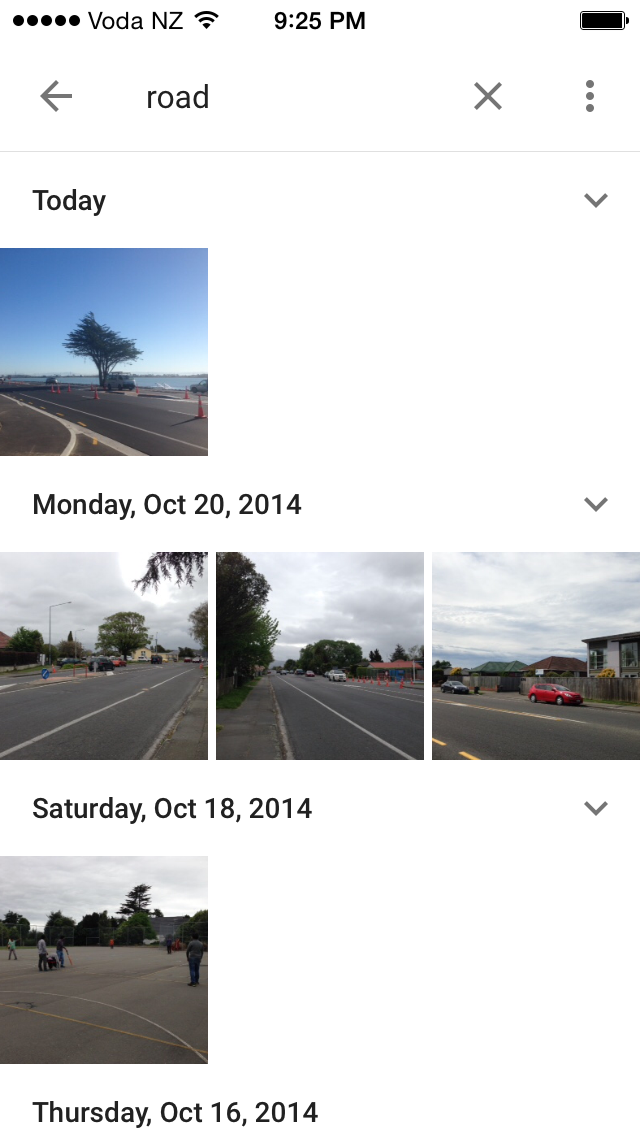Let’s not start with a “Who is better?” debate. On one hand, iOS may be the better student in school.
But on the other hand, Android’s immense popularity is too much for the developers to ignore. After all it has a market share of more than 50% in most of the Western world.
The difference between the two is, mostly the interface. Each has its own OS (operating system) that works somewhat differently.
Steps To Port iOS Apps To Android:
Apart from using cross-platform tools like Titanium, MoSync or Rhodes to port your apps from iOS to Android, you can even write the script for the app afresh, from scratch, in Java, like you do in Android.
If your platform leverages HTML5 for branding and content display, you get a fair amount of UI for free. But if most of your coding is done in Objective-C you need to translate all of it to Java, like map navigation, directions, and location switching.
After all your codes are in java or HTML5 just roll up your sleeves, download the Android SDK, and get started.
1. Development Environment: Unlike iOS, making apps for Android is a bit more involving. First, you can download the SDK, but to start writing the code, you have to set up Eclipse. You can even download Netbeans, or write in Scala, or VIM and install Google’s ADT Plugin.
2. The Java Language: Android uses Java, which is a high-level programming language, to make its apps. The Android website for developers has listed some steps on how Java should be used for programming Android apps: AsyncTask guides you to do anything to the background thread. Second, through the input events page, you can listen to events and the activity page explains the cycle of activities, which are just like UIViewControllers in Cocoa. The frameworks of Android are well-designed and consistent, even the API (application programming interface) works harmoniously with the Java language.
3. Debugging: Once you are done with writing the code, you will surely want to run it. The Android SDK includes an Android emulator – a virtual mobile device to run your application on your computer. It takes two minutes to boot up on your PC. But every time you change a bit of the Java script and want to rerun the app, it takes about 30 seconds to deploy and start up in the emulator as compared to 5 seconds on the iOS simulator.
4. UI Design Tools: To create applications on Android you have to create UI layouts in XML (extensible markup language). Unlike HTML and CSS, you can preview XML while designing in a visual editor, just like Interface Builder.
5. A Real Box Model: An Android system of layout containers (similar to HTML) helps to describe where content should be placed, relative to everything else. The best part about Android is that it helps create layouts that automatically resize for different device orientations (portrait/landscape) and varying screen sizes.
6. Animation: According to developers.android.com, the easiest way to make a frame-by-frame animation for android is to define it in an XML file. This XML file is placed in the res/drawable/ folder, and set it as the background for a view object. Then, start() to run the animation. Any animation defined in XML consists of an element, and a sequence of nested tags. Every item defines a frame of the animation.
According to Nielsen, by June 2012, use of Android mobiles exceeded usage of both iPhone and Blackberry.
Launched an iPhone app? Want to convert it to Android? Just follow the above steps and get started with your application on Android.



